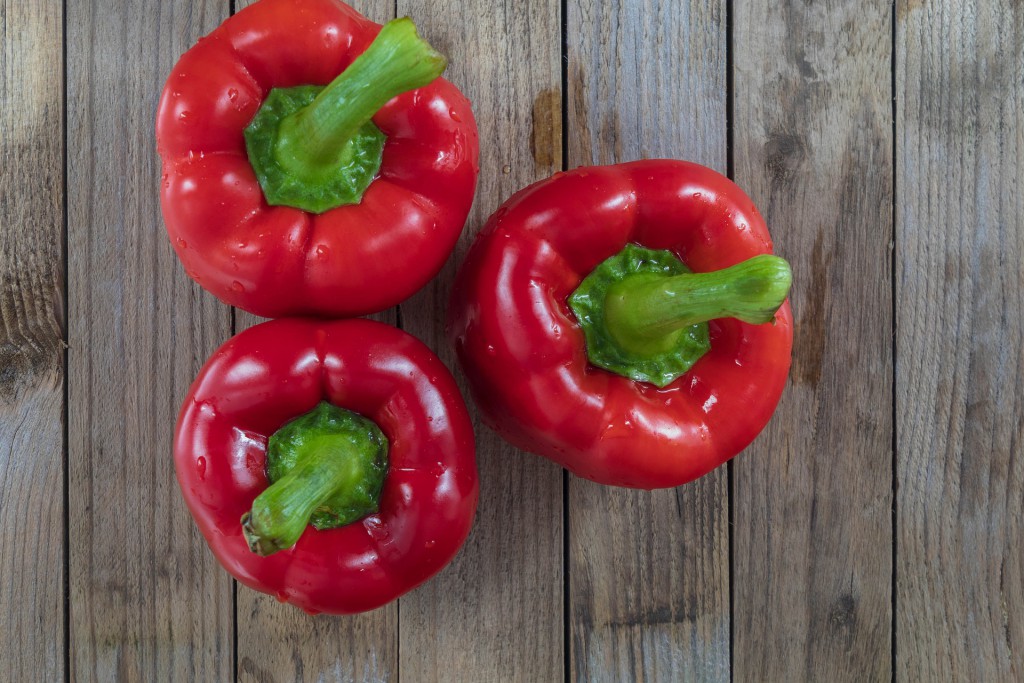As we explained in this previous post, vertical farming is a farming technique where crops are grown indoors in a laboratory-like, climate-controlled space. Instead of a crop being limited to geographical regions that provide the ideal growing conditions, vertical farmers can fine-tune the level of water, nutrients, humidity and temperature, as well as light frequency, duration and intensity to create the most ideal environment possible for the crop to grow.
A handful of rural conventional farms are the mega-producers that supply vast swathes of the country with fruits and vegetables, generally located far away from the urban and suburban areas where their crops are shipped to be made available to consumers. The shipping journey — often spanning thousands of miles of highway or open ocean — leads to large amounts of waste and product loss, in addition to creating a large carbon footprint.
The lack of flexibility in conventional farming practices was made evident when the COVID-19 pandemic caused panic buying, restaurant order cancellations en masse and labor shortages.
But vertical farming could shake up the status quo by allowing producers to grow crops in the same neighborhoods they serve.
Reduce spoilage by growing exotic crops locally
Research shows that light, heat, storage time and handling can reduce the amount of nutrients in vegetables. Conventional farms pick crops well before they’re ripe so they can survive the long journey to the supermarket, but a large portion of those crops are damaged in the shipping process, creating huge amounts of food waste.
Vertically farmed crops last longer than conventional crops because:
- Crops have a longer shelf life due to perfect growing conditions (no excess sun or heat damage).
- Drastically reduced shipment duration means ripe crops can be picked and shipped to market the same day or transferred to on-site cold storage.
- Shorter shipping time and distance reduces handling and storage time.
Sustenir, a vertical farming company based in Singapore (which imports 92% of its vegetables) has started producing cold-weather produce like kale and strawberries for consumers on the humid, tropical island city-state. The company even guarantees its produce for up to two weeks in their refrigerators, because there is so little time between being harvested and stocked in local markets.
Vertical farms provide flexibility in a rigid supply chain
Conventional mega-producers simply don’t have the ability to quickly pivot in response to supply chain interruptions. When COVID-19 lockdowns were announced last March, panic-buying cleaned out grocery store shelves and restaurants forced to close canceled orders from suppliers, all at once. This led to a shortage of products available for the consumers that needed them, while crops originally bound for restaurants sat in boxes and rotted.
The nature of vertical farms sets them up to be locally connected producers, so it’s much easier for vertical farmers to communicate with vendors and respond in real-time to demand changes in the markets they serve. Outside of pandemic times, vertical farms can grow popular crops as they go out of season, while having the ability to quickly produce much-needed produce if there is an unexpected shortage from mass producers, like we saw in the spring of 2020.
Improving food security with vertical farms
Vertical farming technology also has the potential to greatly increase food security, especially in countries like Singapore, who import most of their produce, as well as in urban food deserts, where residents don’t have access to fresh fruits and vegetables.
An ideal scenario for food security would be a network of vertical farms that serve individual, hyper-local markets, mostly replacing the mega-producers that ship nationwide.
Droughts, torrential rains and other weather events don’t pose a threat to vertical farms, unlike conventional farms, which can have an entire year’s worth of crops destroyed in an adverse weather event.
Conventional farms usually grow a single crop, often non-native and sometimes outside the ideal growing area. These farms use massive amounts of water, fertilizers and pesticides in order to create better conditions for their crops. Vertical farms could step in to grow these non-native crops, freeing up conventional farms to grow the produce that’s most suitable for each particular location while massively reducing water usage and runoff.
Downsides to vertical farming
I’ll admit, this blog post makes vertical farming sound like the miracle food production breakthrough of the 21st century, but there are still hurdles to overcome for vertical farms to become major players in the agricultural market:
- Energy intensive — The LED lighting and HVAC systems used to create the perfect conditions in vertical farming use a lot of electricity and will run up a significant power bill.
- Not quite carbon neutral — The carbon footprint associated with shipping and packaging foods across the globe is reduced by vertical farming methods, but the power required to operate the indoor facilities is still significant.
- High cost of entry — It’s not as cheap as planting seeds in the ground. Considering the cost of vertical farming equipment and warehouse space, the initial investment required could be in the millions, depending on a facility’s size.
- Backup power is mandatory — Vertical farms rely on the power grid to keep their plants fed, watered and lit. If a facility doesn’t have backup generators to fall back on during a power outage, it will be impossible to maintain ideal growing conditions and could lead to large amounts of crop loss.
These are important considerations that may slow widespread adoption of the practice, but it’s benefits can’t be ignored. While cost is still a considerable factor in vertical farming, there’s no denying that it’s a growing technology with a promising future.
If you would like to learn more about starting a vertical farm, email me at foodforthought@stellar.net.



